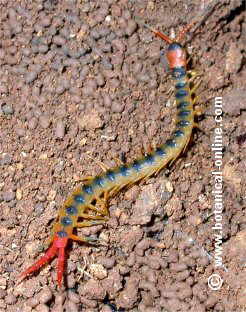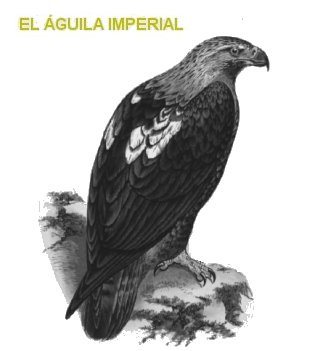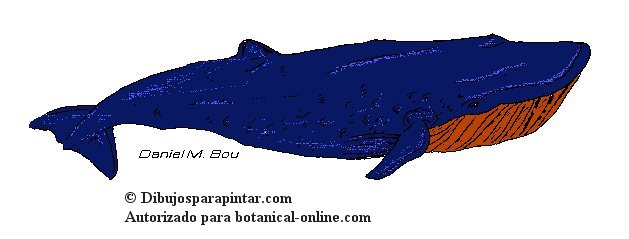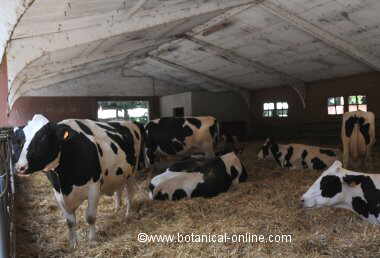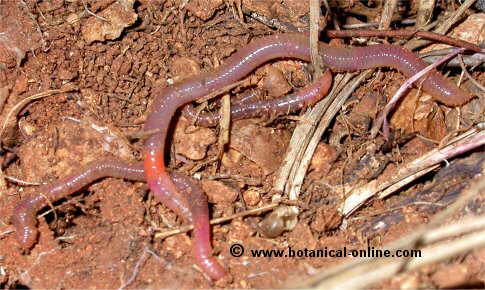Arachnid characteristics
What are arachnids?
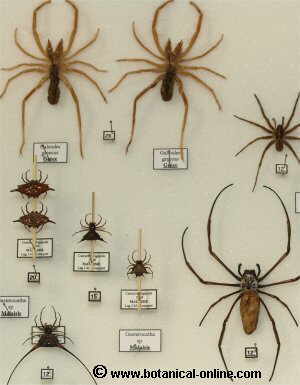
Arachnids are a group of arthropod invertebrates, that is, they have articulated bodies and legs.
These arthropods have 4 pairs of legs, lack antennae, and yet have claw-like mouthparts to hold food, chelicerae. Chelicerae often end up in venom glands and they are the place where these animals inoculate the venom to their preys.
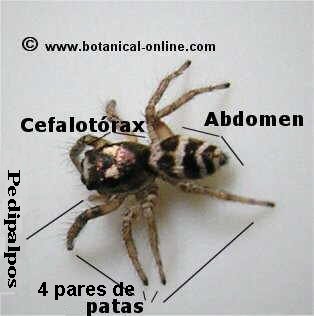
Insects have their heads and thorax well separated, but this region is united in the case of arachnids in what is known as cephalothorax.
Arachnids are mostly terrestrial invertebrates, although we can find some spiders of aquatic behavior.
We can cite as examples of arachnids spiders and scorpions, but also mites and ticks.
Main characteristics of arachnids
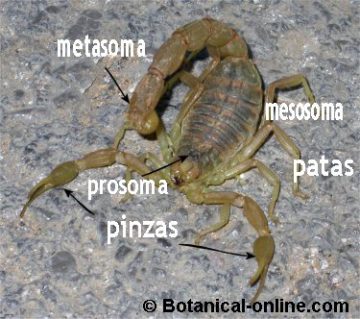
In addition to having an external skeleton, arachnids are mainly characterized by:
- Having a pair of chelicerae (mouthparts connected to poisonous glands), arachnids are said to be chelicerate arthropods.
- Body divided into 2 parts: cephalothorax and abdomen. The cephalothorax (also called prosome) has a pair of chelicerae, a pair of pedipalps and a different number of eyes, depending on the species.
- Animals with 4 pairs of legs.
- Lack of antennae and jaws.
- Oviparous reproduction.
- Carnivorous diets; these are predator (except some mites and one species of spider).
![]() More information on animals
More information on animals


